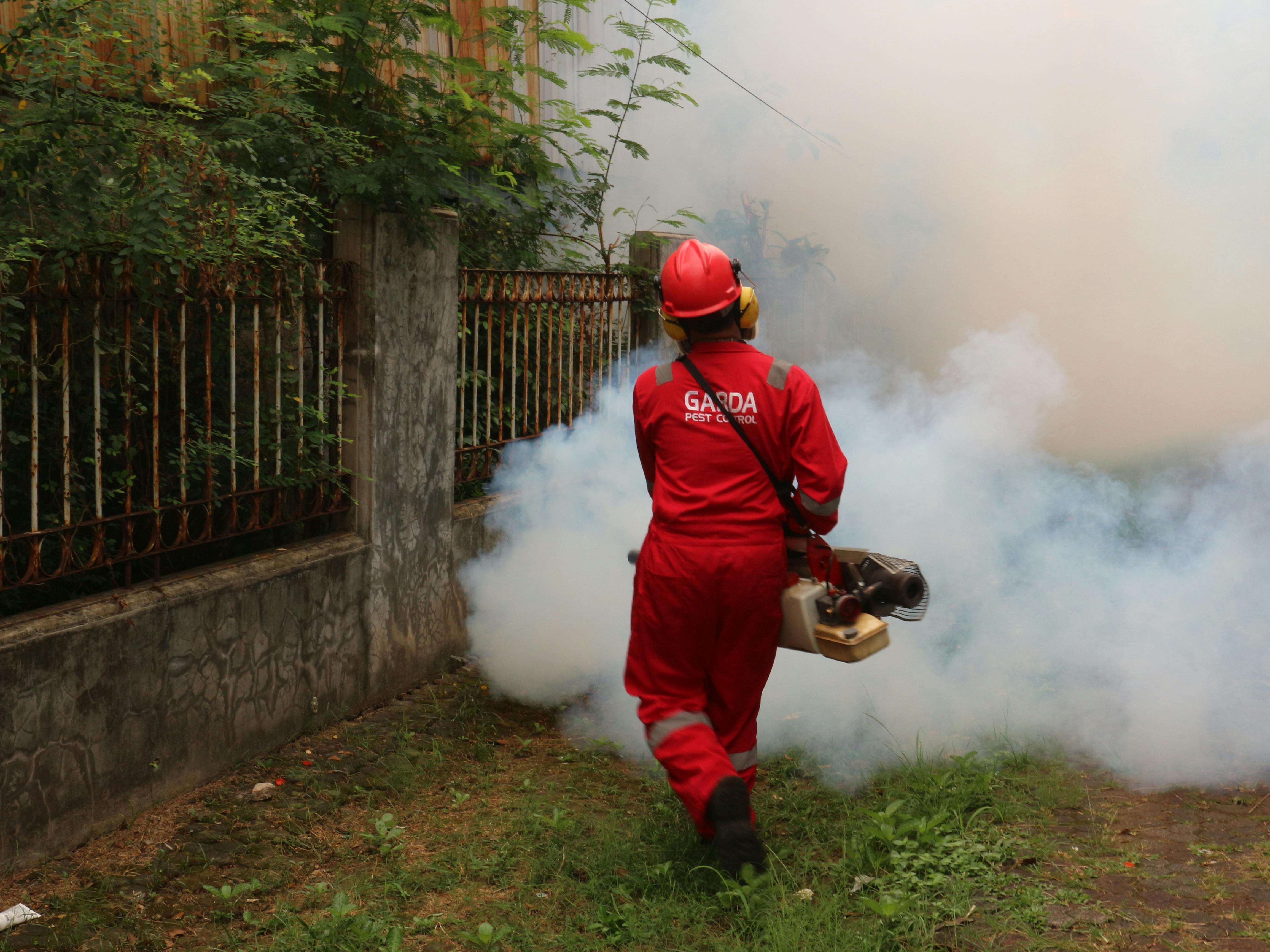Researchers Develop Mosquito Repellent From Genetically Modified Human Skin Bacteria
One step closer to ending mosquito-spread diseases.
Traditionally, repellents like diethyltoluamide (DEET) have been used to keep mosquitoes away, but a breakthrough in microbiology may provide a longer-lasting, non-toxic alternative
Female mosquitoes are drawn to humans and animals by a combination of carbon dioxide, body heat, and odours from skin microbes. One such odour, L-(+)-lactic acid, is produced by certain skin bacteria like Staphylococcus epidermidis and Corynebacterium amycolatum, which attract mosquitoes.
In a groundbreaking study led by Professor Omar Akbari at the University of California-San Diego, researchers have genetically modified these bacteria to produce much less L-(+)-lactic acid.
The goal is to develop a strain of these bacteria that reduces mosquito attraction when applied to the skin.
Here's how the researchers discovered this breakthrough:
According to the published research paper, the team tested the genetically modified S. epidermidis and C. amycolatum on live mice, applying either the wild-type (natural) or engineered bacteria to their skin.
When exposed to mosquitoes, the results were striking. The engineered S. epidermidis attracted about 50% fewer Aedes aegypti and Anopheles gambiae mosquitoes, as well as around 22% fewer Culex quinquefasciatus mosquitoes, compared to the wild-type bacteria.
The engineered bacteria reduced mosquito attraction by up to 64.4% starting three days after application, with the effect lasting for up to 11 days. Furthermore, fewer mosquitoes that landed on the mice painted with the engineered bacteria actually bit them.
This suggests that the engineered bacteria not only deters mosquitoes from approaching but also reduces the likelihood of bites from those that do.
This discovery offers a promising alternative to chemical-based repellants
The potential benefits of this new mosquito-repellent technology are substantial. While chemical repellents like DEET are effective, they have limitations, such as a shorter duration of protection, usually lasting only four to eight hours.
This new approach could offer a longer-lasting, non-toxic alternative that may provide extended protection against mosquitoes.
